1-Apples
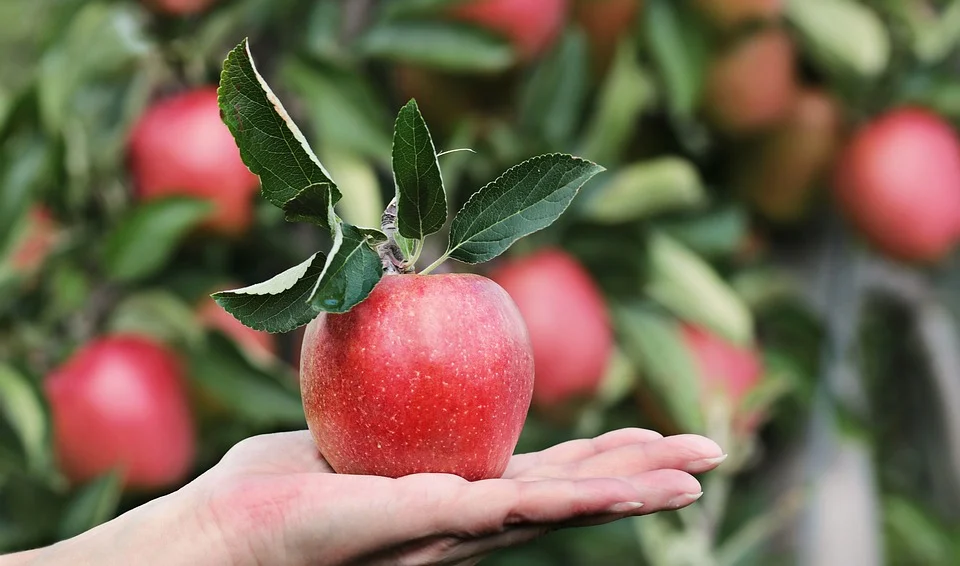
Sponsored Links
Apples are safe for dogs to consume. Apples are high in vitamins A and C, as well as fiber, and are good for your dog. Because they are low in protein and fat, they are an ideal snack for older dogs. Just make sure the seeds and core are removed first. Try freezing them for a refreshing summer snack.
2-Avocado
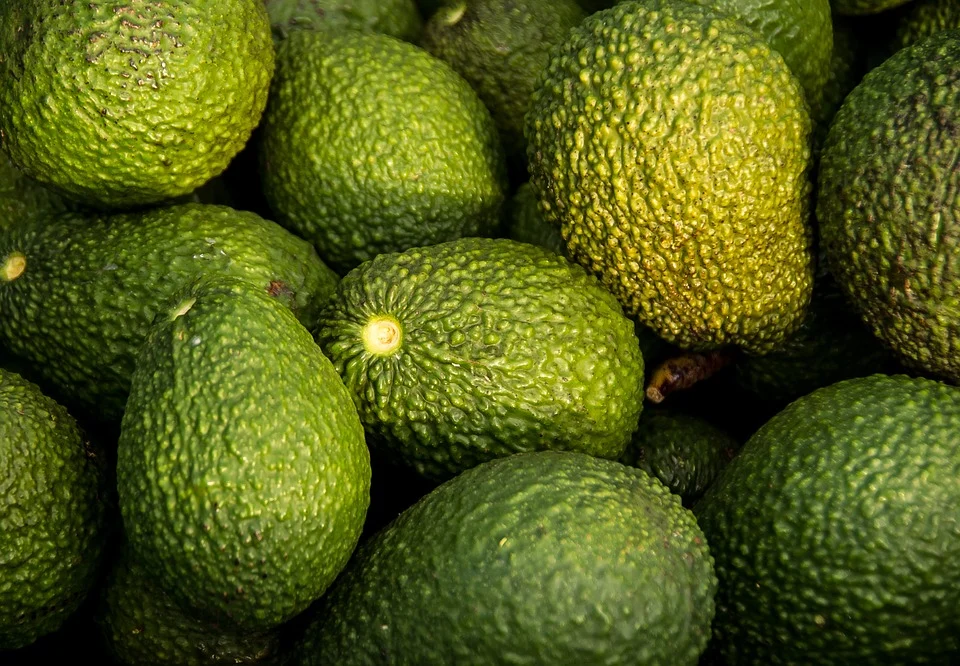
Avocados should not be eaten by dogs. Although avocado is a nutritious snack for dog owners, it should never be fed to dogs. Avocados contain persin, a toxin found in the pit, skin, and leaves that causes vomiting and diarrhea in dogs. Although the fruit's fleshy inside contains less persin than the remainder of the plant, it is still too much for dogs to manage.
3-Bananas
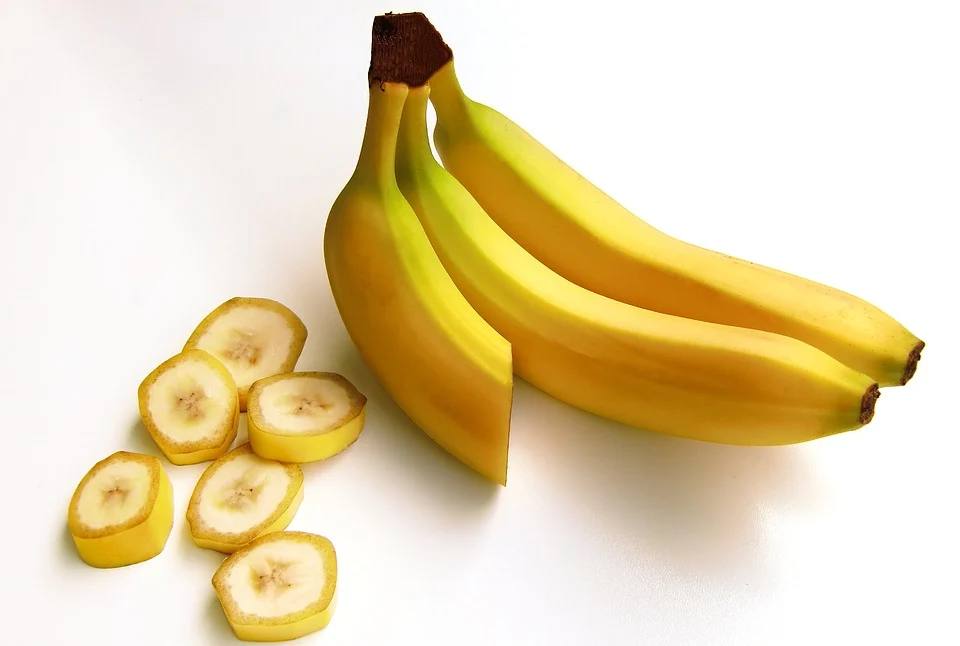
Bananas are safe for dogs to consume. Bananas are a fantastic low-calorie treat for dogs when used in moderation. Potassium, vitamins, biotin, fiber, and copper are all abundant in them. Bananas are low in cholesterol and salt, but due to their high sugar content, they should only be given as a treat to your dog.
4-Blueberries
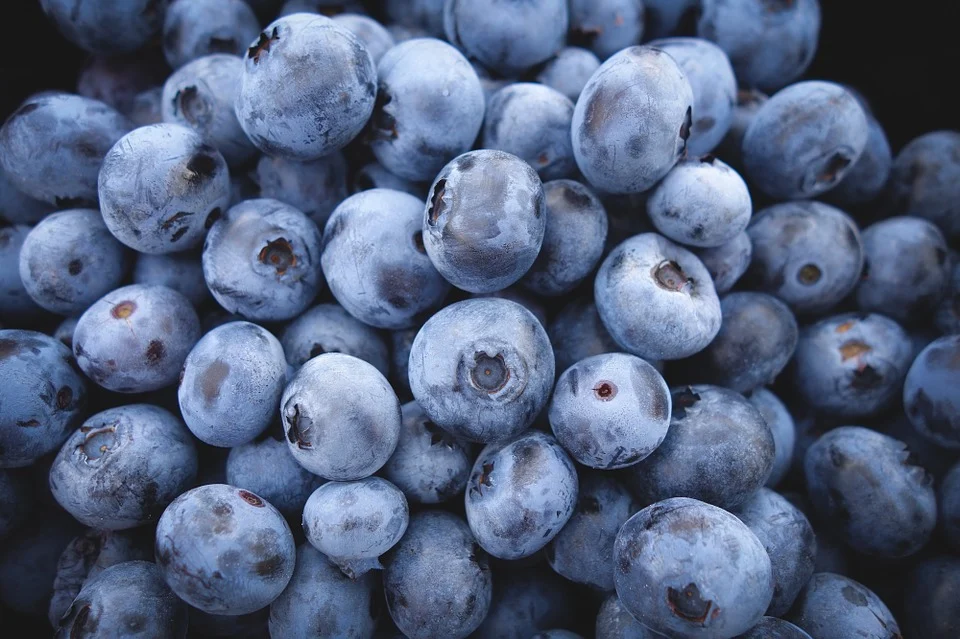
Blueberries are safe for dogs to consume. Blueberries are an antioxidant-rich superfood that protects cells in both humans and dogs. They’re also high in fiber and phytochemicals. Do you want to teach your dog to catch treats in the air? As an alternative to store-bought goodies, try blueberries.
5-Cantaloupe
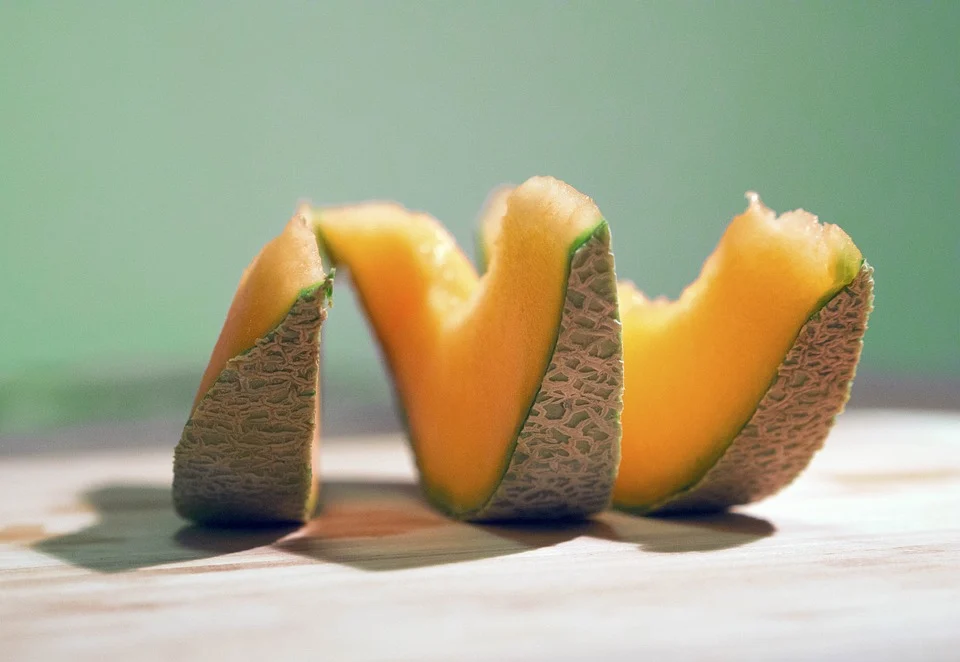
Yes, dogs can eat cantaloupe. Cantaloupe is a nutrient-dense fruit that is low in calories and high in water and fiber. However, because it is high in sugar, it should be shared in moderation, especially with overweight or diabetic dogs.
6-Cherries
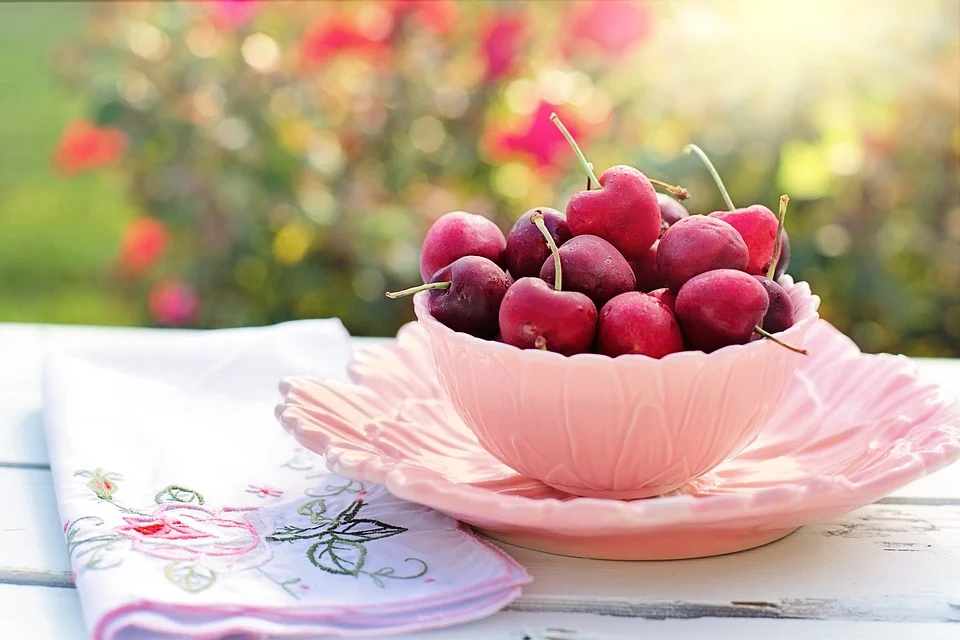
Cherries should not be eaten by dogs. Cherry trees contain cyanide and are harmful to dogs, with the exception of the fleshy area around the seed. Because cyanide affects cellular oxygen transport, your dog's blood cells are deprived of oxygen. If your dog consumes cherries, look for symptoms like dilated pupils, trouble breathing, and red gums, which could indicate cyanide poisoning.
Advertisements
7-Cranberries
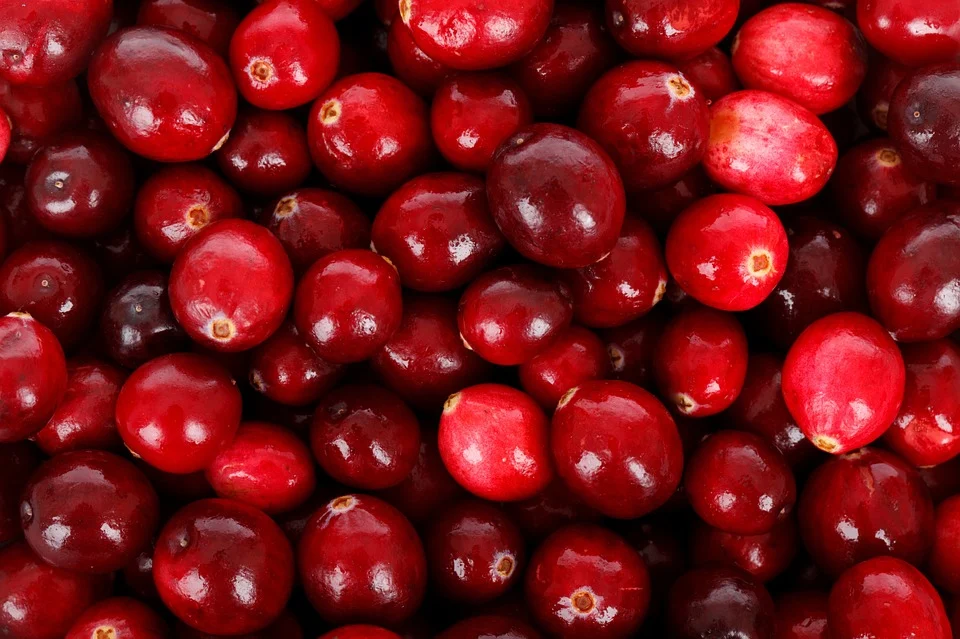
Yes, dogs are allowed to consume cranberries. In limited amounts, both fresh and dried cranberries are acceptable to serve to dogs. Another consideration is whether your dog will enjoy this tangy treat. In either case, like with any treat, giving cranberries to dogs in moderation is vital, as too much cranberries can cause gastrointestinal distress.
8-Cucumbers
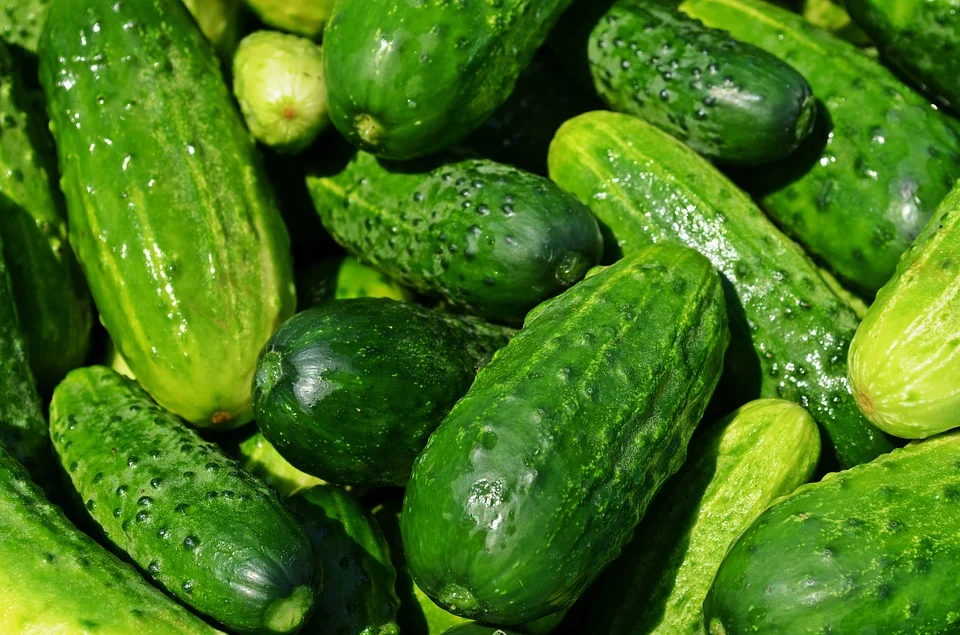
Cucumbers are safe for dogs to consume. Cucumbers are particularly beneficial to overweight dogs because they contain little to no carbohydrates, fats, or oils, and they can even help to increase energy levels. They’re high in potassium, copper, magnesium, and biotin, as well as vitamins K, C, and B1.
9-Grapes
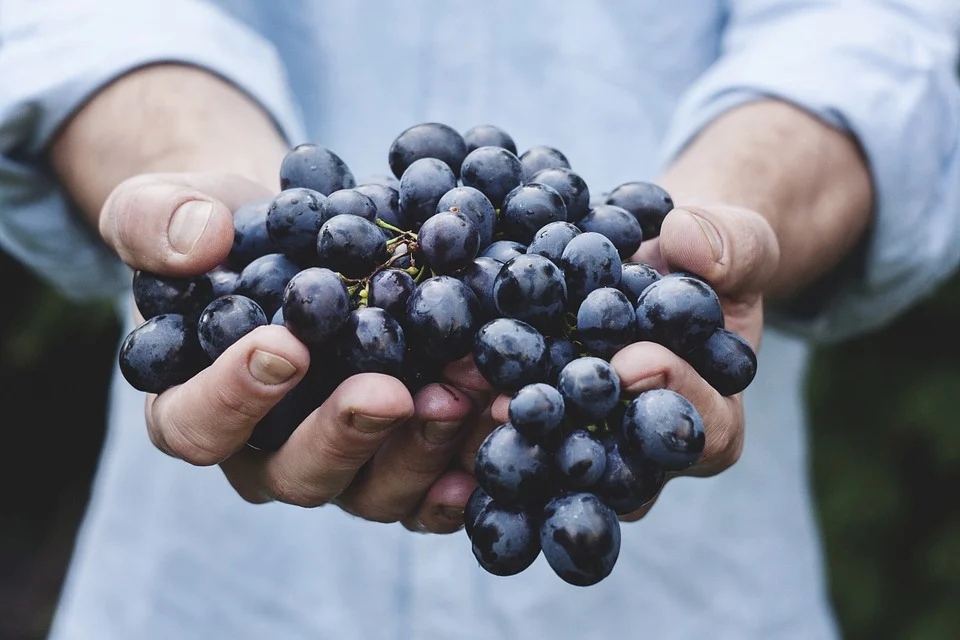
Grapes should never be eaten by dogs. Grapes and raisins (dried grapes) have been found to be extremely hazardous to dogs of all breeds, sexes, and ages. Grapes, in fact, are so poisonous that they can cause acute renal failure. Always keep an eye out for this poisonous fruit for dogs.
10-Mango
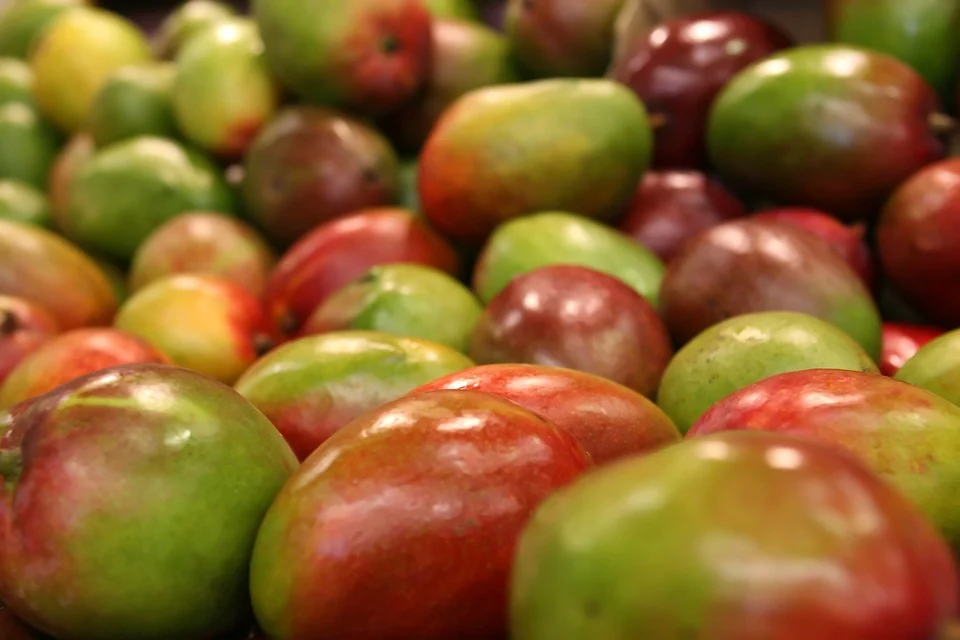
Mangoes are safe for dogs to consume. This refreshing summer delight is high in four vitamins: A, B6, C, and E. They also include potassium as well as beta- and alpha-carotene. Remember to remove the hard pit first, as it contains small levels of cyanide and can be a choking hazard, as with other fruits. Because mangoes are heavy in sugar, they should only be consumed on rare occasions.
11-Oranges
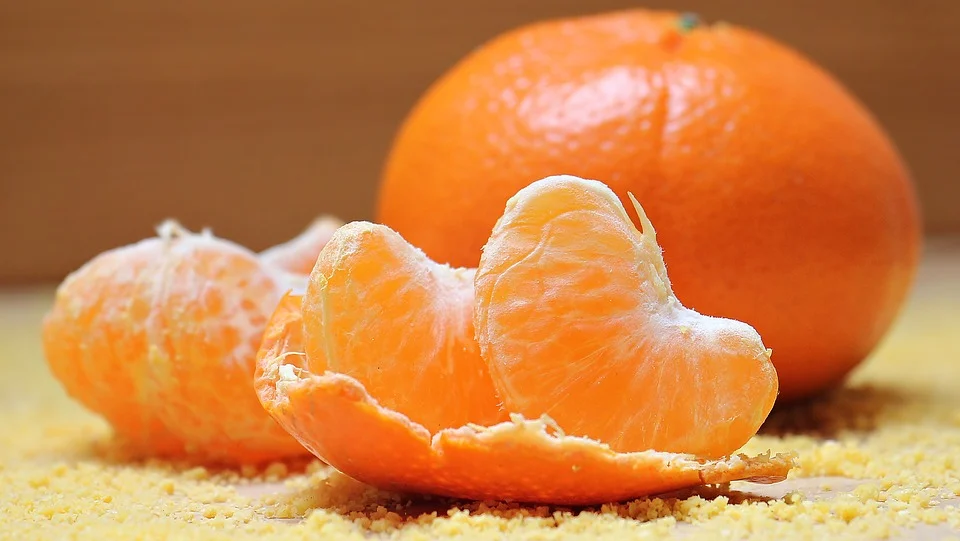
Dogs can eat oranges, yes. According to vets, dogs can eat oranges, but they may not like any citrus with a strong smell. Oranges are high in vitamin C, potassium, and fiber, and the juicy flesh of an orange can be a delightful treat for your dog in modest amounts. Vets advise throwing the peel and only giving your dog the orange flesh, sans any seeds. Orange peel is harsh on their digestive systems, and the oils may cause your dog's delicate nose to turn up.
12-Peaches
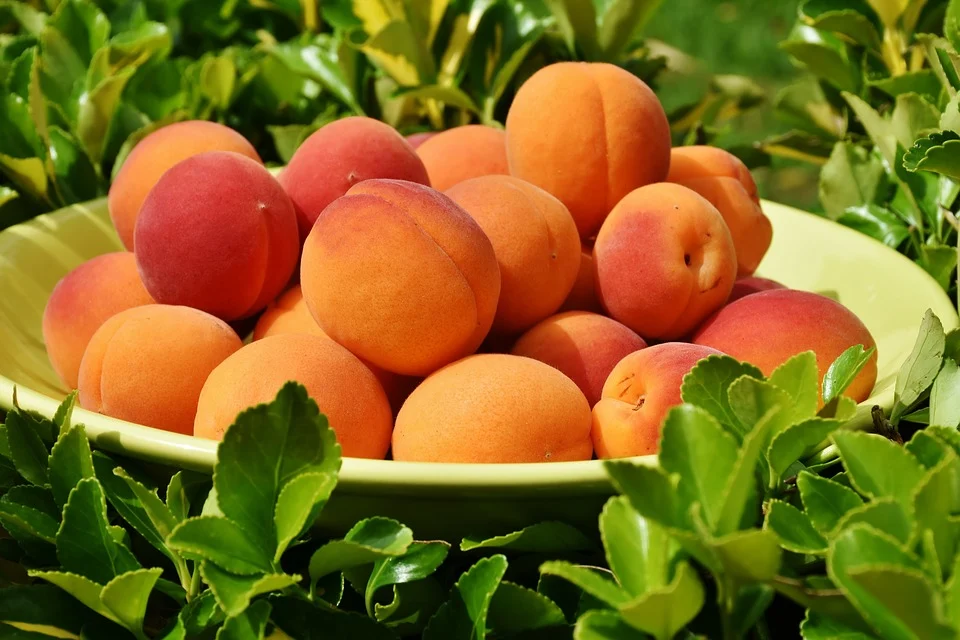
Sponsored Links
Yes, dogs can eat peaches. Small amounts of cut-up fresh or frozen peaches are high in fiber and vitamin A, and can even help fight infections; however, the pit contains cyanide, just like cherries. Fresh peaches can be a nice summer treat if you completely cut around the pit first. Avoid canned peaches since they typically contain a lot of sweet syrups.



Comments